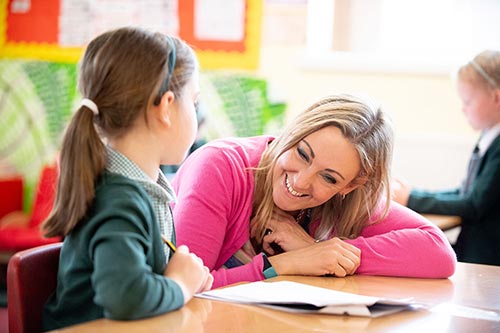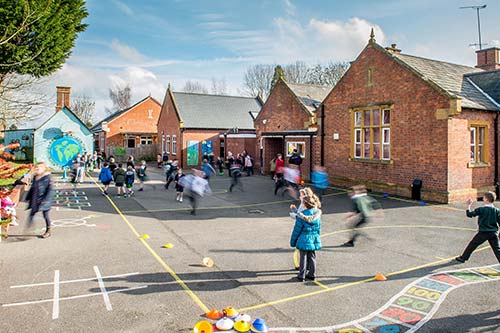FEDERATION CURRICULUM STATEMENT FOR
MODERN FOREIGN LANGUAGES
|
INTENT |
|
We believe that learning a foreign language provides a valuable educational, social and cultural experience for our pupils. It helps them to develop key communication skills including speaking and listening, and extends their knowledge of how language works. Learning another language gives children a new perspective on the world, encouraging them to understand their own cultures and those of others and enables them to participate in a global world more effectively.
|
|
IMPLEMENTATION |
|
The school has a rolling curriculum plan in line with the National Curriculum expectations for Key Stage 2 children, using a skills-based scheme of work fropm Kapow. The different activities within teh scheme cover the four skills of speaking, listening, reading and writing. Learning activities use a range of strategies and approaches for learning. There is time built into the curriculum plan for developing pupils’ cultural capital through incorporating learning about the country’s festivals and customs.
In line with the National Curriculum 2014 we aim to ensure that all Key Stage 2 children: Understand and respond to spoken and written language from a variety of authentic sources. Are able to speak with increasing confidence, fluency and spontaneity, finding ways of communicating what they want to say, including through discussion and asking questions, and that they are continually improving the accuracy of their pronunciation and intonation. Can write at varying length, for different purposes and audiences, using the variety of grammatical structures that they have learnt. Discover and develop an appreciation of a range of writing in the language studied.
|
|
IMPACT |
|
There are assessments built into the scheme of work which enable teachers to assess the progress of children in their language learning as they move through Key Stage 2, ensuring that children are supported and challenged as appropriate. Attainment and progress are reported on for each Key Stage 2 child in the end of year annual report.
|




